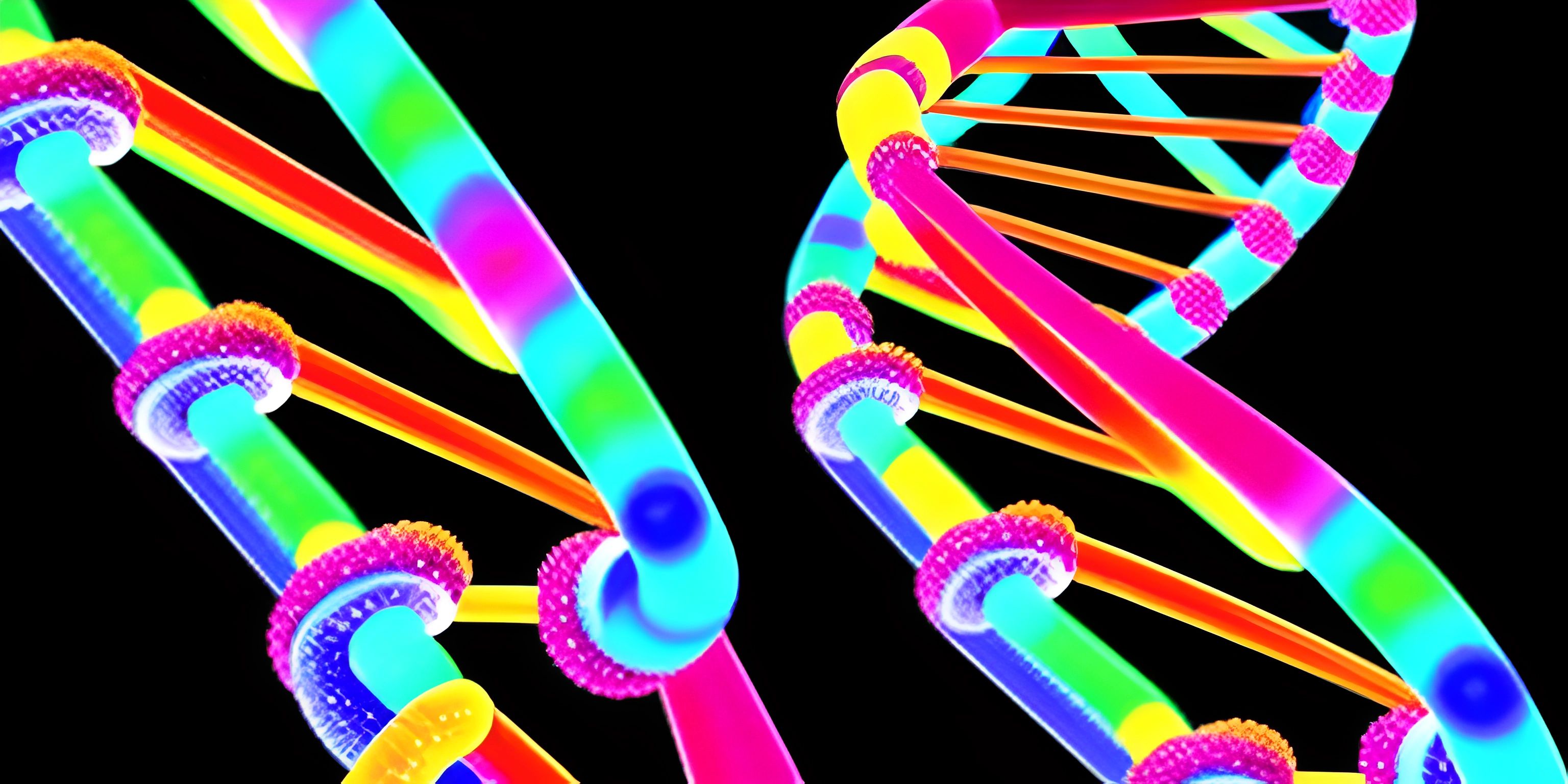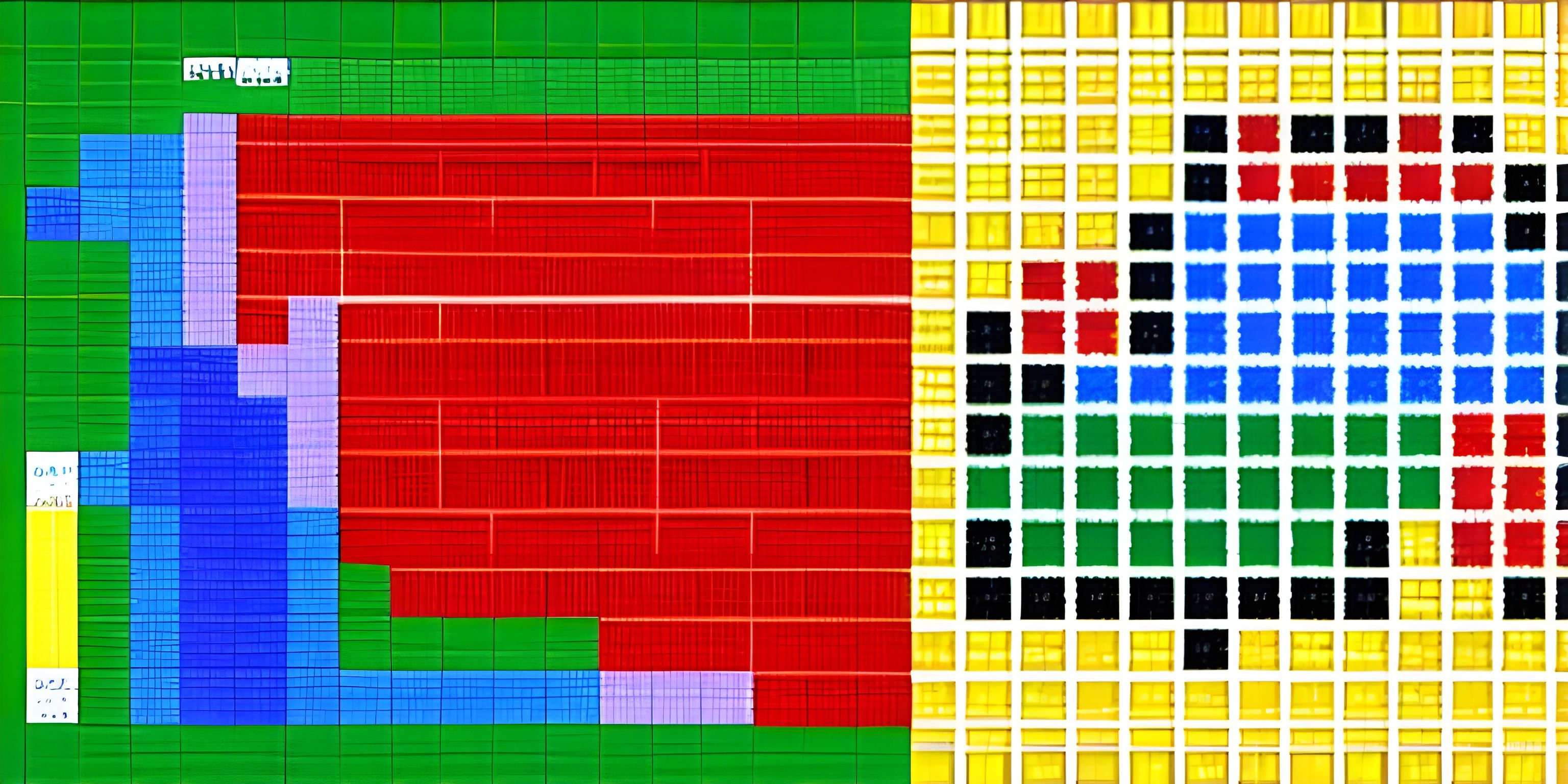Genetic Algorithms: Mutation Operators

Note: this page has been created with the use of AI. Please take caution, and note that the content of this page does not necessarily reflect the opinion of Cratecode.
Mutation operators play a crucial role in the world of genetic algorithms. They introduce diversity in the population, paving the way for the algorithm to explore new solutions and avoid getting stuck in local optima. Let's dive into the fascinating world of mutation operators and their impact on genetic algorithms!
Mutation Operators: What Are They?
Mutation operators are responsible for introducing small random changes in the genetic representation of an individual in the population. In the context of genetic algorithms, these small changes correspond to alterations in the genes of a chromosome. It's like a tiny genetic error that occurs during the replication process.
These little genetic perturbations can lead to new and innovative solutions, which the algorithm might have never encountered otherwise. They help prevent the population from converging too quickly towards a single suboptimal solution and ensure diversity throughout the algorithm's execution.
Types of Mutation Operators
There are several types of mutation operators that can be employed in genetic algorithms, depending on the problem and the representation of the individuals. Let's explore some of the most common ones:
1. Bit Flip Mutation
Bit flip mutation is the simplest and most widely used mutation operator when working with binary representations. In this type, each gene in the chromosome (represented by a binary digit) has a small probability of being flipped (0 becomes 1, and 1 becomes 0).
Example:
Original chromosome: 10111010 After bit flip: 10011011
2. Swap Mutation
In swap mutation, two genes in the chromosome are randomly selected and swapped. This operator is often used when working with permutations or ordered sequences.
Example:
Original sequence: 5-2-4-1-3 After swap: 5-3-4-1-2
3. Gaussian Mutation
Gaussian mutation is applicable when dealing with real-valued chromosomes. In this case, a random number is generated from a Gaussian distribution with mean 0 and a specified standard deviation. The random number is then added to the gene's value, thereby introducing a mutation.
Example:
Original gene value: 3.12 Random Gaussian number: -0.24 After Gaussian mutation: 2.88
Balancing Mutation and Diversity
Mutation operators are essential for maintaining diversity and driving the search process towards global optimization. However, striking the right balance between diversity and convergence is crucial. If the mutation rate is too high, the search process becomes too chaotic, making it difficult for the algorithm to converge to a good solution. On the other hand, if it's too low, the algorithm might get trapped in local optima and fail to explore the solution space effectively.
Conclusion
Mutation operators are an indispensable part of genetic algorithms, ensuring diversity and enabling the exploration of novel solutions. By understanding their role and selecting the appropriate operator for the problem at hand, you can significantly improve the performance of your genetic algorithm and make it a robust tool for solving complex optimization problems.
Hey there! Want to learn more? Cratecode is an online learning platform that lets you forge your own path. Click here to check out a lesson: Making Things Stop (psst, it's free!).





